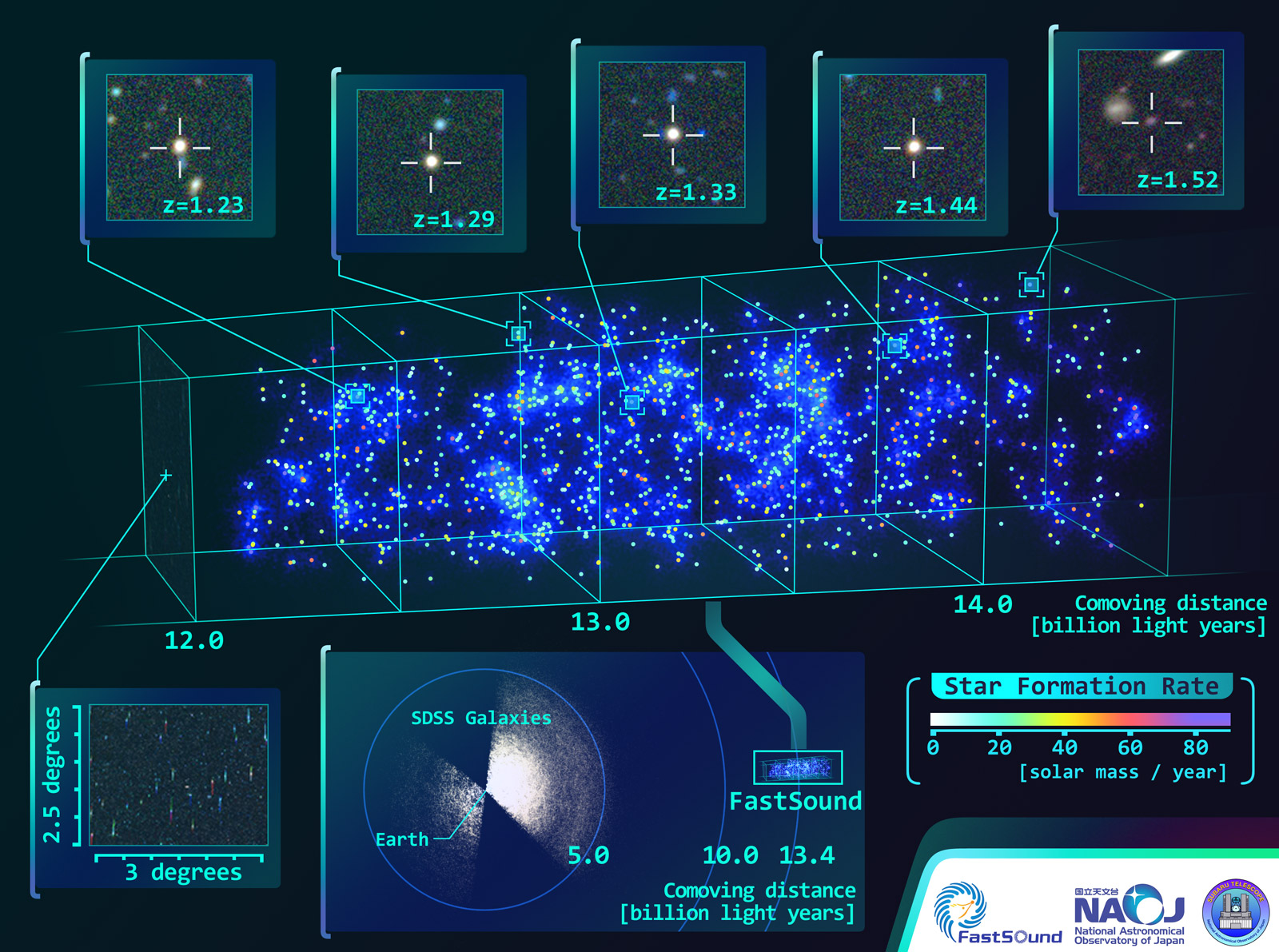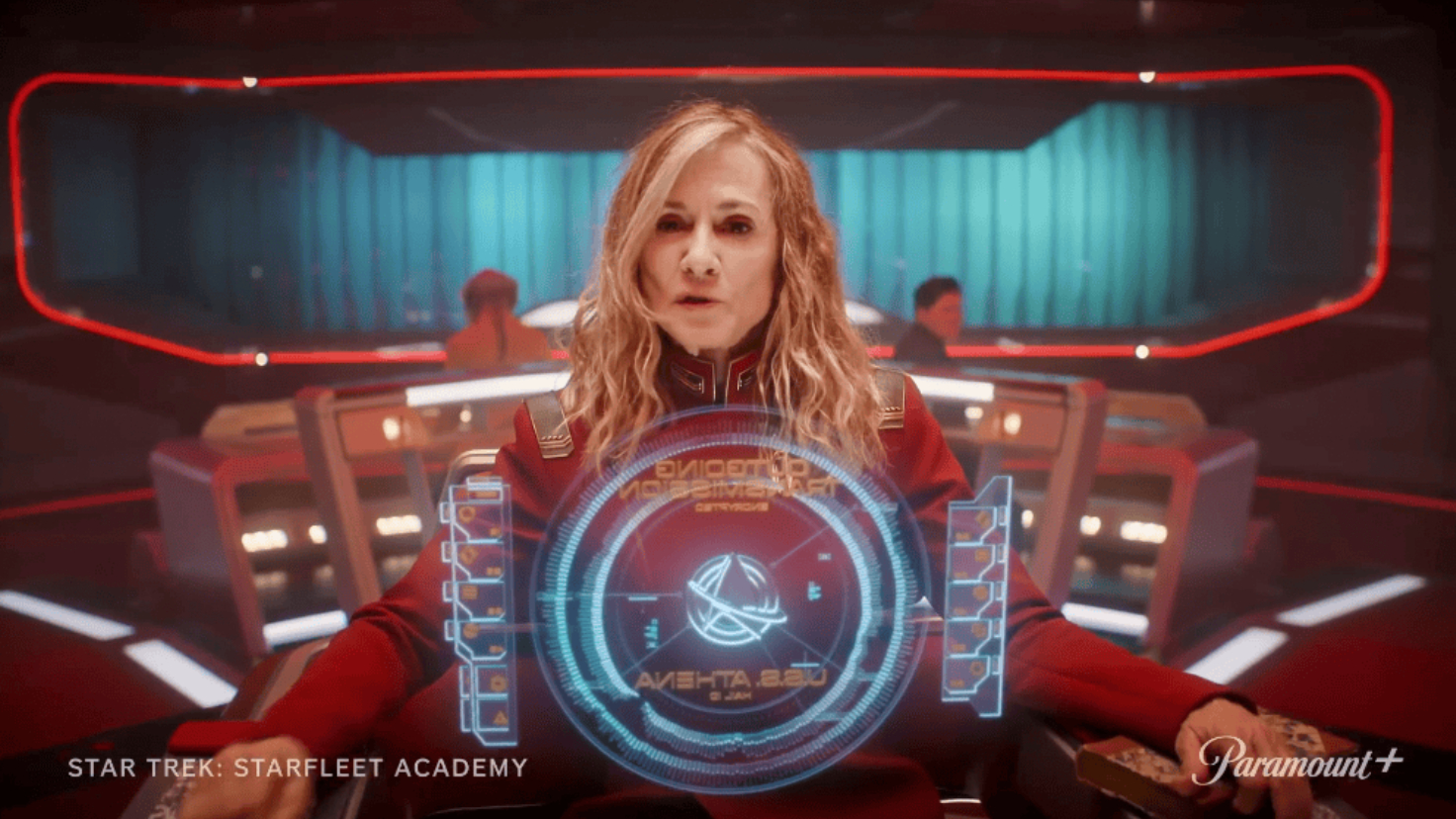Einstein's Theory of Relativity Holds True for Early Universe, 3D Map Confirms

Just over one hundred years after Albert Einstein proposed his general theory of relativity, scientists have mapped nearly 3,000 ancient galaxies to confirm its rules held true in the early universe.
The galaxies in question, which are 13 billion light-years from Earth, formed less than a billion years after the Big Bang. Researchers created a 3D map of the galaxies' positions to confirm that the effects of relativity are consistent through the life of the universe, suggesting that dark energy plays a role in the universe's expansion.
Using the National Astronomical Observatory of Japan's Subaru telescope in Hawaii, researchers measured how the faraway galaxies clustered together and how quickly they moved through space. The team of scientists, led by Teppei Okumura and Chiaki Hikage of the Kavli Institute for the Physics and Mathematics of the Universe in Tokyo, and Tomonori Totani of the University of Tokyo, used Subaru to make the first comprehensive study of early galaxies at such a far distance. [The History and Structure of the Universe in Pictures]
"Among the various cosmological observations, large-scale structure surveys are considered to be extremely powerful tools," the scientists said in the new work, published April 26 in the Publications of the Astronomical Society of Japan.
Scientists originally proposed the existence of dark energy, which makes up the bulk of the universe but cannot be directly detected, to explain how the universe is expanding, which ordinary matter and energy cannot account for. An alternative explanation of that expansion, however, relies on Einstein's general theory of relativity breaking down over time. Therefore, the team's confirmation that relativity holds true even in the universe's early ages supports the existence of dark energy.
"We tested the theory of general relativity further than anyone else ever has," Okumura said in a statement.
"It's a privilege to be able to publish our results 100 years after Einstein proposed his theory."
Breaking space news, the latest updates on rocket launches, skywatching events and more!
Follow Nola Taylor Redd on Twitter @NolaTRedd or Google+. Follow us at @Spacedotcom, Facebookor Google+. Originally published on Space.com.

Nola Taylor Tillman is a contributing writer for Space.com. She loves all things space and astronomy-related, and always wants to learn more. She has a Bachelor's degree in English and Astrophysics from Agnes Scott College and served as an intern at Sky & Telescope magazine. She loves to speak to groups on astronomy-related subjects. She lives with her husband in Atlanta, Georgia. Follow her on Bluesky at @astrowriter.social.bluesky

